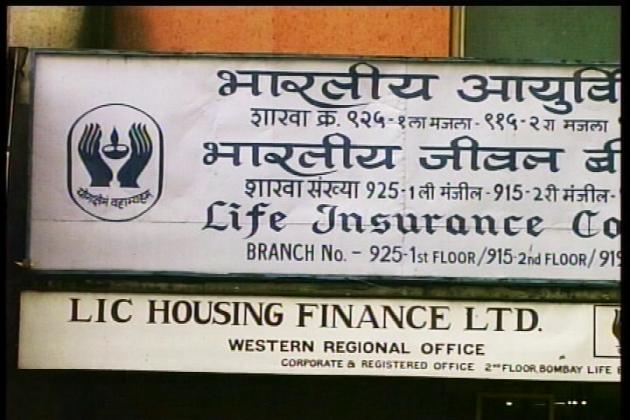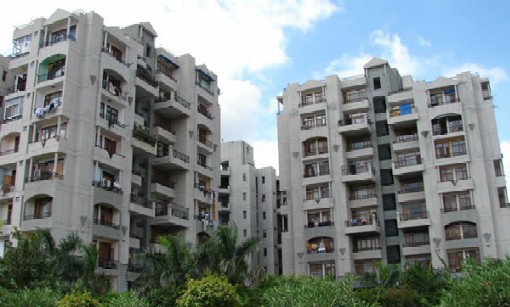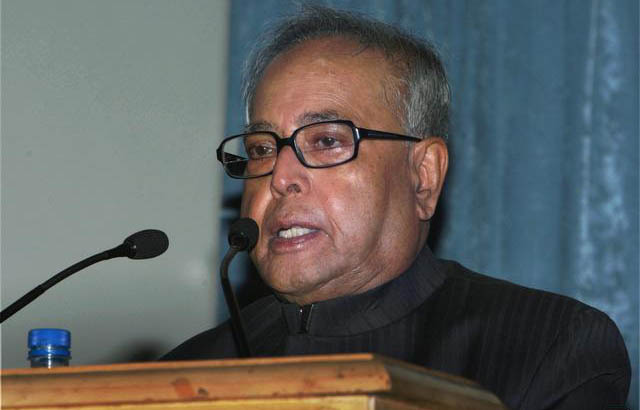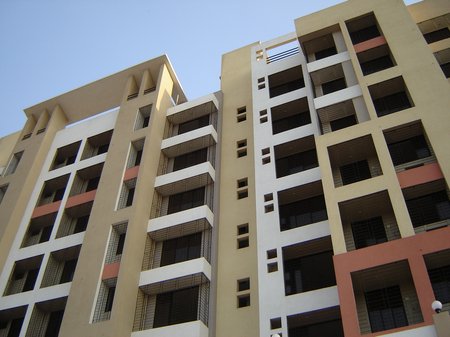
FM asks monitoring on realty companies into housing scam
In the immediate aftermath of the bribes for loan scam involving LIC Housing Finance, the Finance minister Pranab Mukherjee in conjunction with Dept of Financial Services asked for a complete monitoring of all the companies mentioned in the CBI case filed. All public sector banks, financial institutions and state owned insurance companies have been asked to examine their exposure to the 21 companies named by CBI in the housing loan scam, and give a subsequent compliance report.










